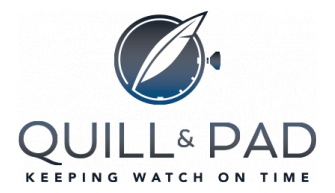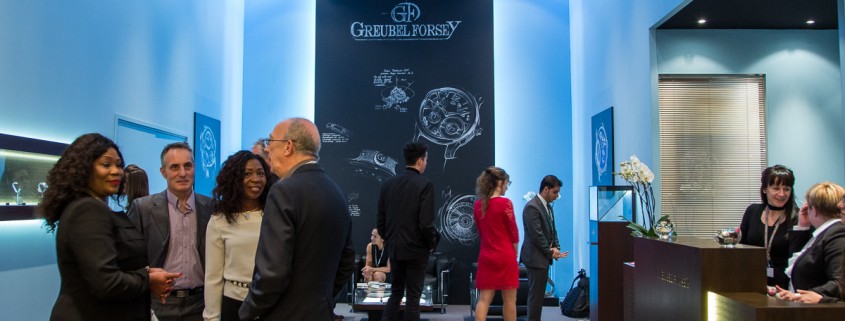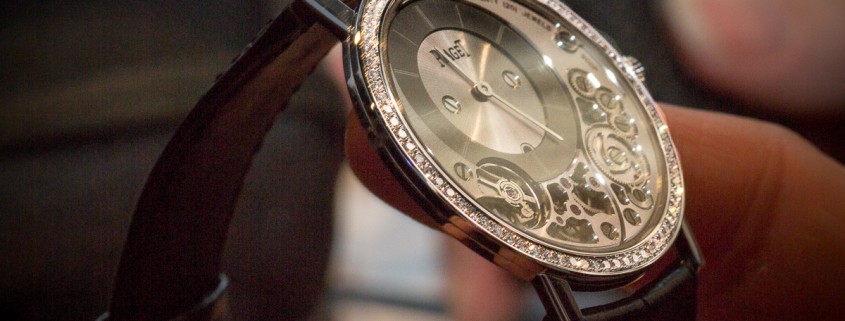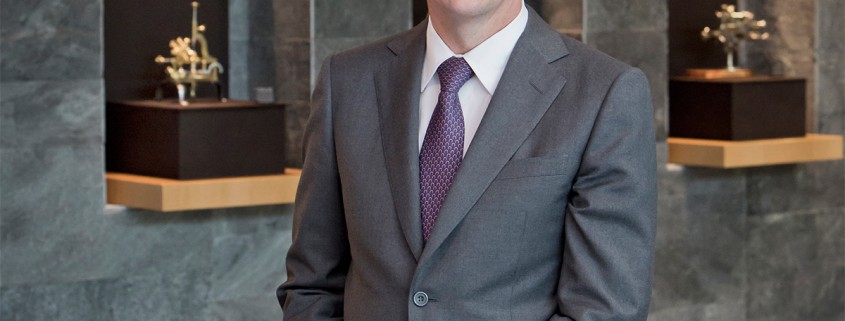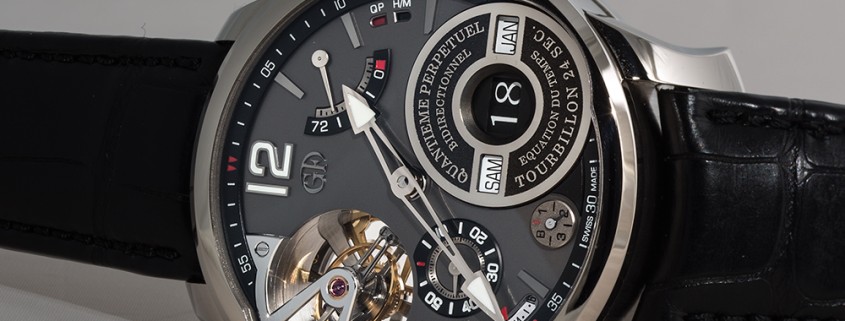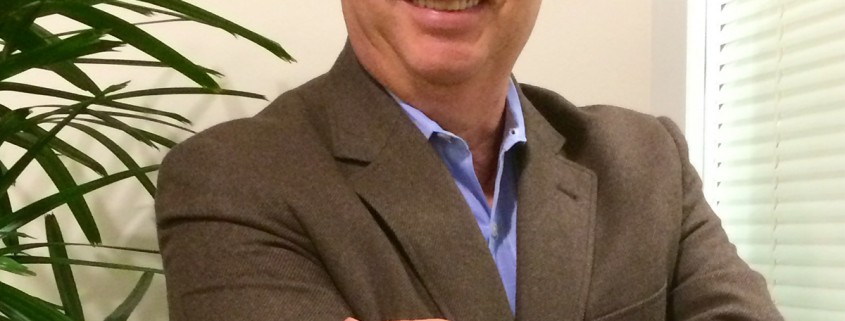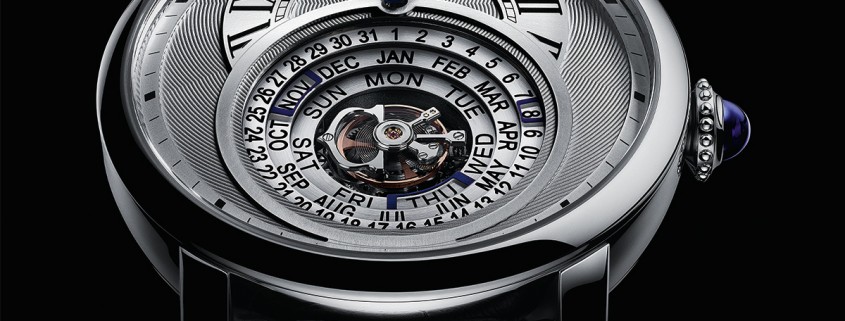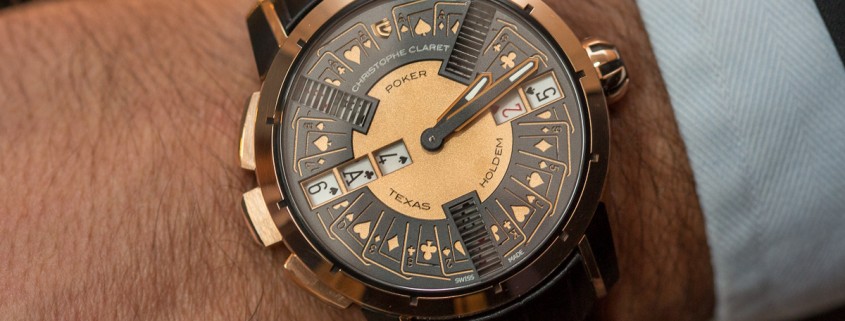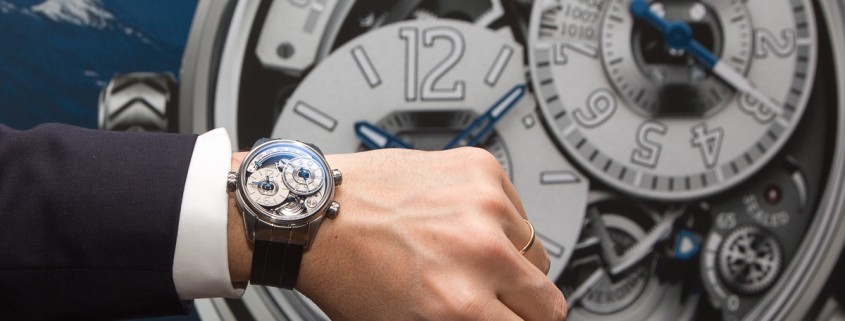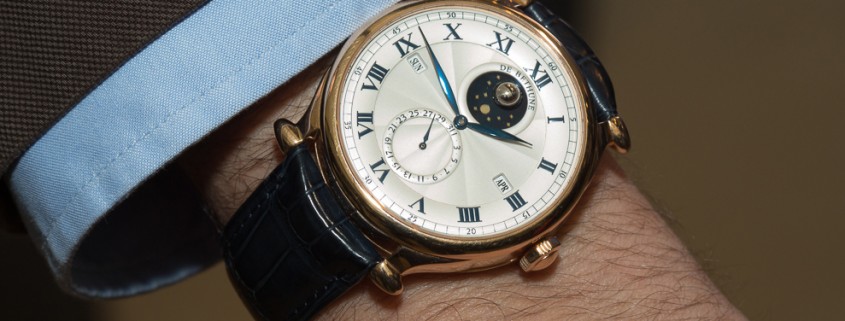Greece. It’s the birthplace of western civilization, democracy, and science. This country lays claim to some of the most brilliant minds in philosophy, mathematics, astronomy, and politics that the world has ever seen. All of these wonderful thinkers developed the most advanced ideas of their day, some of which are as true today as they were 2,600 years ago when they first began pondering the big questions.
The Greeks are even credited with inventing the first analog computer in the first century B.C., which they used for predicting astronomical positions and eclipses. Fast forward through 2,000 years and a descendent has been born, one with Greek heritage of astronomical proportions. (Sorry, I couldn’t resist.)
So I would like to continue by nominating the Rotonde de Cartier Astrocalendaire Perpetual Calendar as the Greekiest thing to ever be built by a quintessential French house such as Cartier. Some of you might already be agreeing, but for the more stubborn of you I would like to elucidate my thinking and hopefully by the end you will be saying, “opa!”
